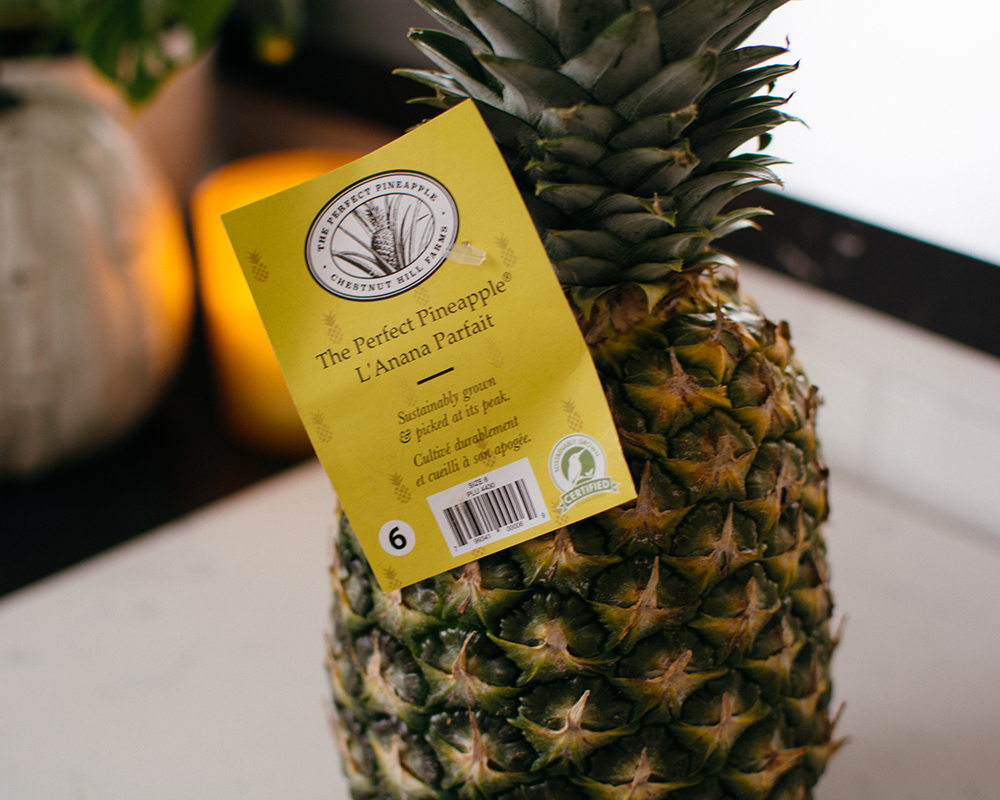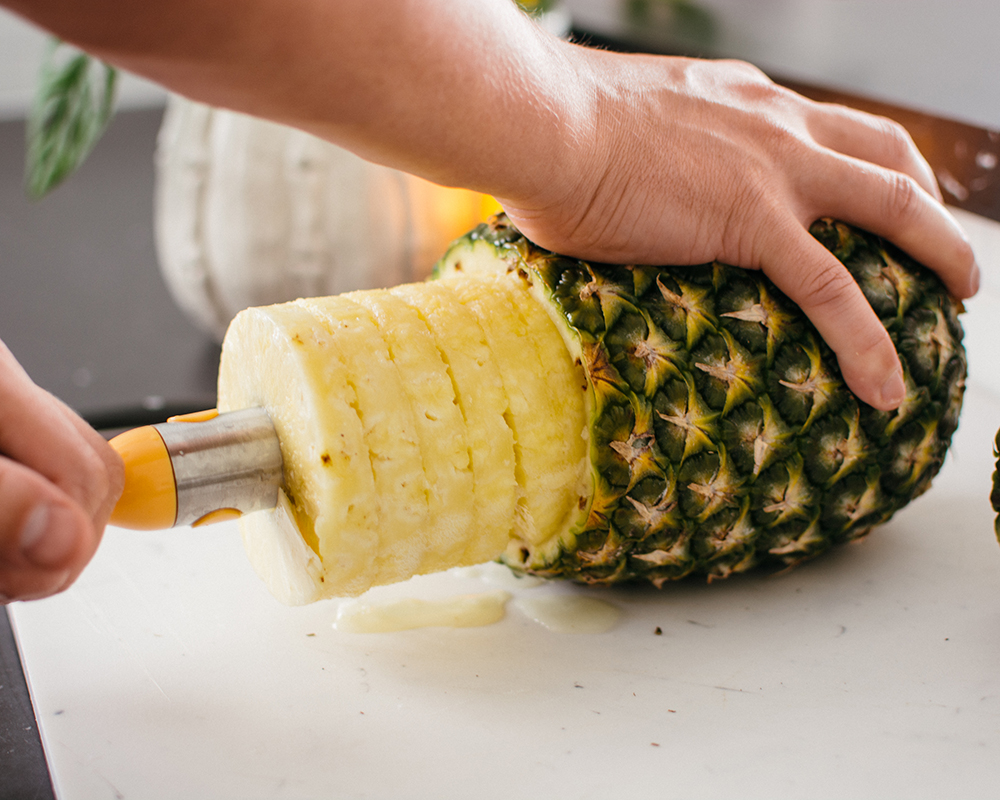
Uncover the Reality Behind These 5 Tropical Tall Tales
After years of dedicating ourselves to producing the Perfect Pineapple, we think we know a thing or two about everyone’s favorite tropical fruit. That’s why we’re diving into five common myths about pineapple, from how it grows to how to tell when it’s ripe (hint: color matters less than you think.) To separate fact from fiction and become a true pineaple expert, read on.
Myth: Pineapples grow from seeds.
On occasion, pineapples can produce small, dark brown or black seeds. These can be used to grow a pineapple, but will take even longer than using an offshoot or crown. It’s far more common to propagate pineapple plants from suckers or slips, which are offshoots of a fully grown plant. These “seeds” are more accurately called “daughters.” If you’d like to have a pineapple plant at home, you can also use a crown to start – simply plant it in soil, give it some water and fertilizer, and watch it grow!
Myth: Green pineapples aren’t ripe yet.
Despite what we know from other yellow fruits like bananas, green doesn’t indicate under-ripeness in pineapples. Instead, the color can vary based on other factors like type of pineapple, when it was harvested, and where it was grown. At Chestnut Hill Farms, we test the Brix, or sugar content, of our pineapples to ensure they’re sweet before shipping them to our retail partners.
Myth: Loose leaves in a pineapple’s crown mean it’s ripe.
Though commonly believed, this myth is an old wives’ tale. The looseness of the leaves doesn’t indicate whether or not the pineapple is ripe. Instead, smell the fruit at its base. If it smells sweet and flavorful, it’s ready to eat. You can also weigh the fruit in your hand: A heavier pineapple is likely juicier, meaning it’s riper as well.
Myth: Eating pineapple burns fat.
Thanks to the fruit’s bromelain content, it was long believed that eating pineapple would help you burn fat. In reality, the enzyme bromelain helps break down protein, not fat, meaning that ingesting the fruit alone won’t lead to any significant weight loss. However, pineapple is still a valuable addition to a healthy lifestyle. With a high fiber content, the fruit can keep you feeling fuller for longer, helping cut back on calorie intake. Packed with vitamin C, manganese, and other vitamins and minerals, pineapple delivers important nutrients for a balanced diet. Plus, its natural sweetness makes it a great substitute for other high-in-sugar desserts.

Myth: Pineapple is hard to cut.
Its spiky crown and prickly exterior might look intimidating, but pineapple is actually quite easy to cut! Simply chop off the top and bottom of the fruit and slice the skin off the sides. Then, carefully remove any remaining “eyes” or brown spots. You can do this with a knife, but many peelers include an eye remover that works well too.
If you want to make pineapple prep even easier, we recommend using a pineapple corer. This simple device twists into the fruit, pulling out the ready-to-eat flesh – no fibrous core or prickly skin involved.
Want more pineapple facts delivered directly to your inbox? Sign up for our newsletter today.
